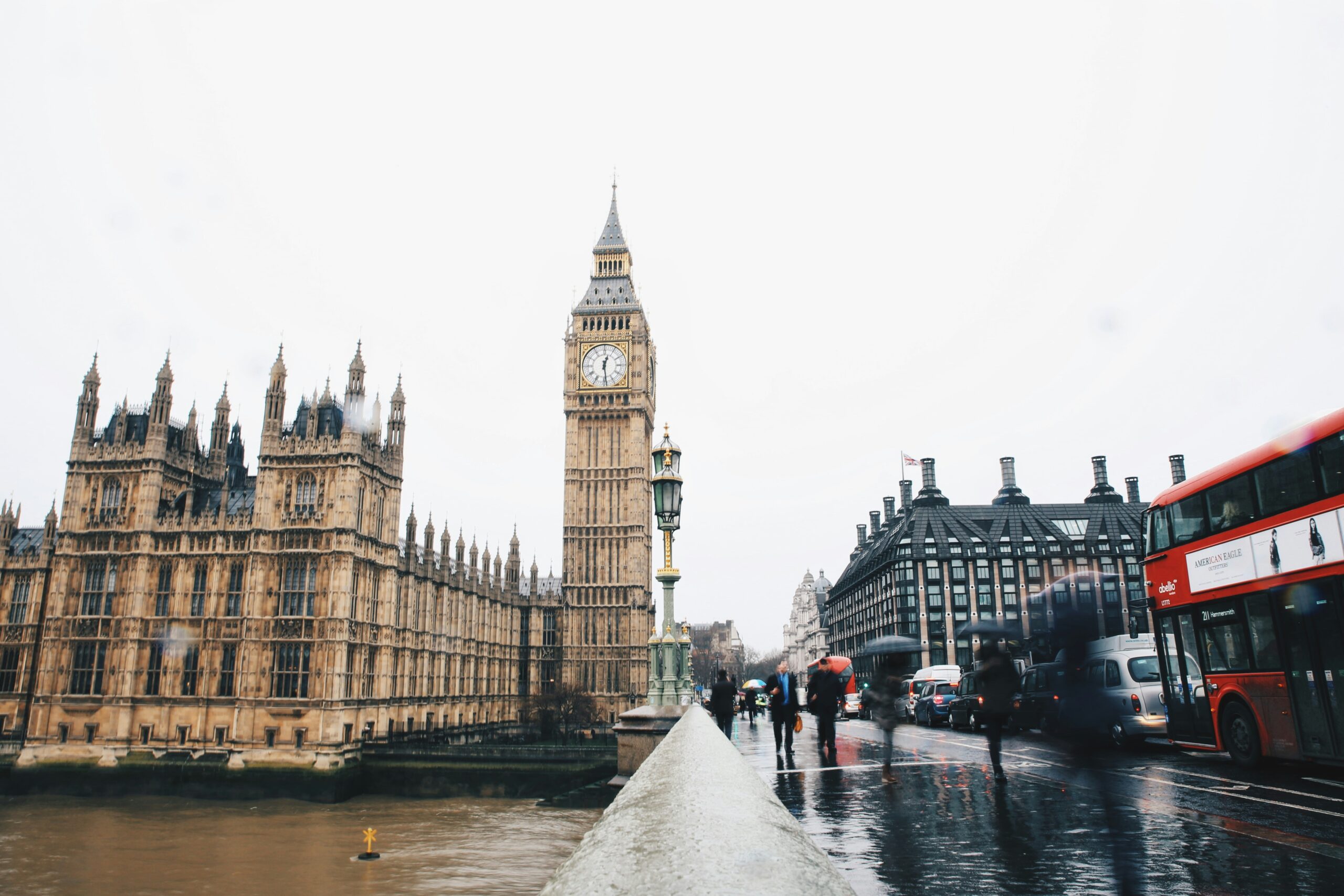Political concern over social integration has risen in recent years. Growing concerns about the scale and impact of immigration, the increased threat of radicalisation, and a spate of community disturbances across the country in the past two decades have all been contributing factors. Government has responded with multiple reports and publications on the matter, including the Casey review into integration, the Integrated Communities Strategy green paper and Integrated Communities Action Plan, outlining how the Government aims to improve social integration in England.
Despite this growth in concern over social integration, there remains significant debate over what exactly social integration is and how to measure it. This week, Bright Blue published a new, extensive report, entitled Distant neighbours? Understanding and measuring social integration in England, which examines what social integration is and how best to strengthen it.
We believe that the best definition of social integration is where individuals from different ethnic and religious backgrounds have meaningful, positive and sustained interactions with each other.
With this definition in mind, we believe that neighbourhood trust should be at the heart of our measurement of social integration. It should be noted, however, that neighbourhood trust is only capturing that between members of a community, not necessarily between people from different ethnic and religious groups. Therefore, we regard that the best measure of social integration to be neighbourhood trust between ethnically and religiously diverse communities.
This report is unique in four ways. First, through new statistical analysis, this report predicts levels of neighbourhood trust for every local authority in England, where there is currently a gap in the evidence. Second, the report identifies the individual-level and local-level factors which explain why neighbourhood trust levels vary across England. Third, it tests Professor Robert Putnam’s findings from the US, that ethnic diversity is negatively correlated with neighbourhood trust, in the context of England. In fact, it explores Putnam’s work further by testing how other local-level variables, such as changes in the white population and unemployment rate, affect levels of neighbourhood trust. Finally, it identifies the most socially integrated local areas of England, drawing on our proposed measure of social integration.
Statistical analysis was conducted of the 2009-10 and 2010-11 Citizenship Survey, the 2011 Census and the 2015 Indices of Deprivation, as well as further analysis of the Index of Dissimilarity and the Index of Ethnic Diversity. The results show significant variation in predicted levels of neighbourhood trust among local authorities across England. In fact, the top ten local authorities with the lowest levels of neighbourhood trust in England are all in London.
The individual-level results from the analysis showed five main findings:
- Women are less likely to trust most of their neighbours compared to men.
- The likelihood of trusting most of your neighbours increases as people become older.
- Individuals from different ethnic minority groups across England are much less likely to express trust in most of their neighbours when compared to white individuals.
- Those with higher socioeconomic status have a significantly higher likelihood of trusting the majority of their neighbours.
- Higher individual income is associated with increases in neighbourhood trust.
The local-level results from the analysis showed six key findings:
- In areas with a greater proportion of married households with children, levels of neighbourhood trust are predicted to be higher.
- Individuals living in areas with higher levels of deprivation in terms of income are less likely to be predicted to trust most of their neighbours.
- Individuals living in areas with higher levels of deprivation in terms of crime are also less likely to be predicted to trust most of their neighbours.
- Levels of neighbourhood trust are higher in areas with a greater proportion of population being over 65 years old.
- Those living in rural areas are predicted to be more likely to trust most of their neighbours.
- People in areas with a greater than 5% decrease in White British population change in the ten years between 2001 and 2011 were less likely to be predicted to trust most of their neighbours.
The analysis did find an association between high levels of ethnic diversity in a local area and lower levels of neighbourhood trust in England. Nevertheless, there are important nuances. Intriguingly, in local areas where more than 30% of migrants cannot speak English well, the analysis, in fact, finds that an increase in ethnic diversity is actually associated with a predicted increase in levels of neighbourhood trust. This might be due to frequent interactions that occur between ethnically homogenous groups, rather than between ethnically heterogeneous groups. An alternative potential explanation is that in ethnically diverse areas where a significant number of migrants do not have English proficiency, there might be lower barriers to interaction, as residents in those areas are more used to people from different backgrounds and those who cannot speak English well.
Bright Blue performed additional analysis to identify the most socially integrated local authorities in England. Based on our proposed measure of social integration, this would be local authorities with relatively high levels of neighbourhood trust, relatively high levels of ethnic diversity and relatively low levels of residential segregation.
There were four local authorities in England that met this criteria. They are the most socially integrated local authorities in England. They are:
- The City of London
- Cambridge
- Richmond upon Thames
- Milton Keynes
It must be recognised that there is no simple, straightforward solution to strengthen social integration. The limitations of public policy have to be recognised and respected, especially in regards to people being free to develop the relationships they want. Nevertheless, the policy recommendations we propose in the report seek to give individuals the tools – specifically, English language capability – to better integrate socially, and reform institutions – specifically, primary and secondary schools – to enable young people, but also parents, to have better opportunities to integrate with those from different ethnic and religious backgrounds.
We propose nine original recommendations at the end of the report to improve social integration in England. Our recommendations include: extending the Controlling Migration Fund beyond 2020 and dedicating a minimum proportion of the fund to ESOL provision only; introducing a legal duty on all state secondary schools in England to ensure all pupils participate in at least one week of National Citizen Service (NCS) during term time in Year 9 or Year 10; making part of Pupil Premium payments contingent upon primary and secondary schools taking part in, or establishing, a school linking programme; and, that the charitable status of independent schools should be contingent on them taking part in, or establishing, a school linking programme.
Sam Lampier is a Researcher at Bright Blue and co-author of Distant neighbours? Understanding and measuring social integration in England.





